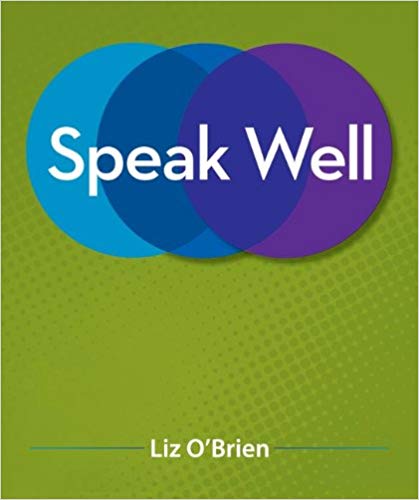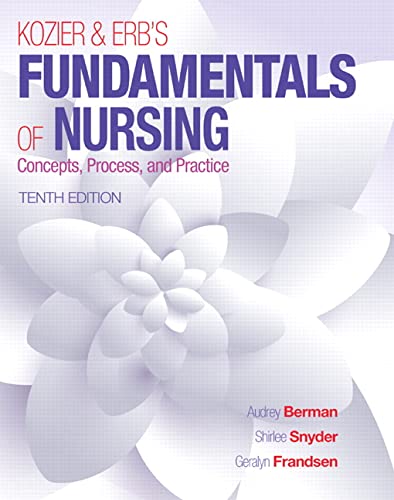Speak Well 1st Edition by Liz O’Brien – Test Bank
Chapter 5: Analyze Your Audience and the Speaking Situation
Level 1 = Knowledge
Level 2 = Understanding
Level 3 = Application
Level 4 = Analysis
True/False
1. Ethnocentrism is the act of gaining an understanding of your audience members.
Answer: False
Level: Knowledge
2. Listener-centered public speaking requires a speaker to adapt his/her speech based on who the audience is.
Answer: True
Level: Knowledge
3. Audience analysis can be conducted only before selecting a topic.
Answer: False
Level: Knowledge
4. Audience analysis helps the speaker use information at the listeners’ knowledge level.
Answer: True
Level: Knowledge
5. Humor crosses cultural boundaries with no problems.
Answer: False
Level: Knowledge
6. Gustatory appeals refer to odors or scents that engage the audience.
Answer: False
Level: Understanding
7. If you stop speaking at the end of the speech body and fail to give a summary, the audience may leave with a tarnished perception of the speech.
Answer: True
Level: Understanding
8. Stressing the relevance of your ideas makes your presentation more listener-centered.
Answer: True
Level: Knowledge
9. It is important to define all terms and concepts for every audience.
Answer: False
Level: Knowledge
10. It is best to assume that all listeners with disabilities require assistance and to plan accordingly.
Answer: False
Level: Understanding
Multiple Choice
1. An audience that gathers to hear topics relevant to its shared interests is most likely
A. homogeneous.
B. heterogeneous.
C. a general audience.
D. a poll.
Answer: A
Level: Understanding
2. The speaking environment or situation is known as what?
A. Demographic data
B. Context
C. Attitudinal data
D. Place
Answer: B
Level: Knowledge
3. The act of gaining an understanding of your audience members and acting on that information is a process called what?
A. Polling
B. Physical context
C. Organizational competence
D. Audience analysis
Answer: D
Level: Knowledge
4. Audiences differ in terms of age, socioeconomics, and education levels. What kind of data are these?
A. Polled data
B. Temporal data
C. Demographic data
D. Attitudinal data
Answer: C
Level: Understanding














Reviews
There are no reviews yet.